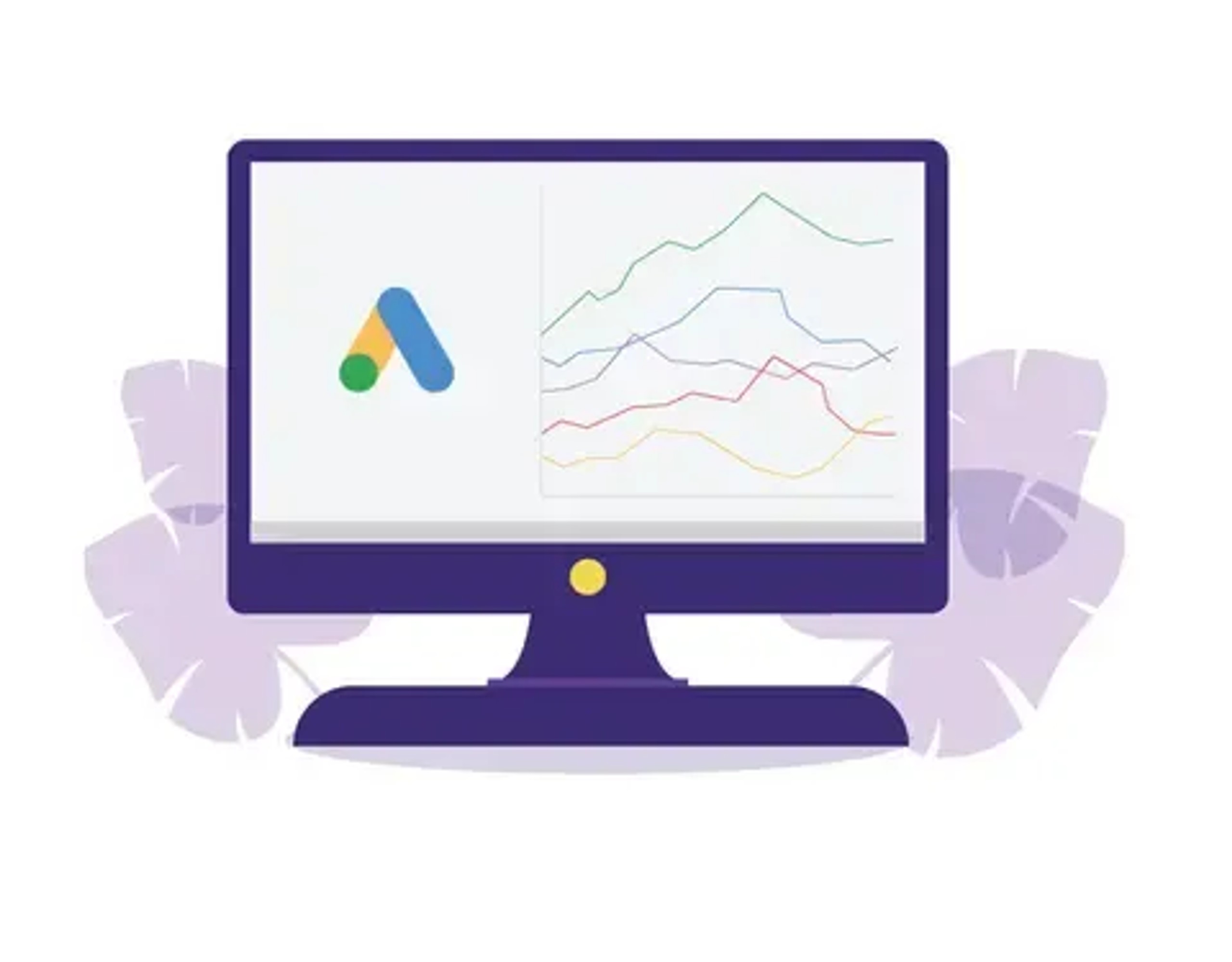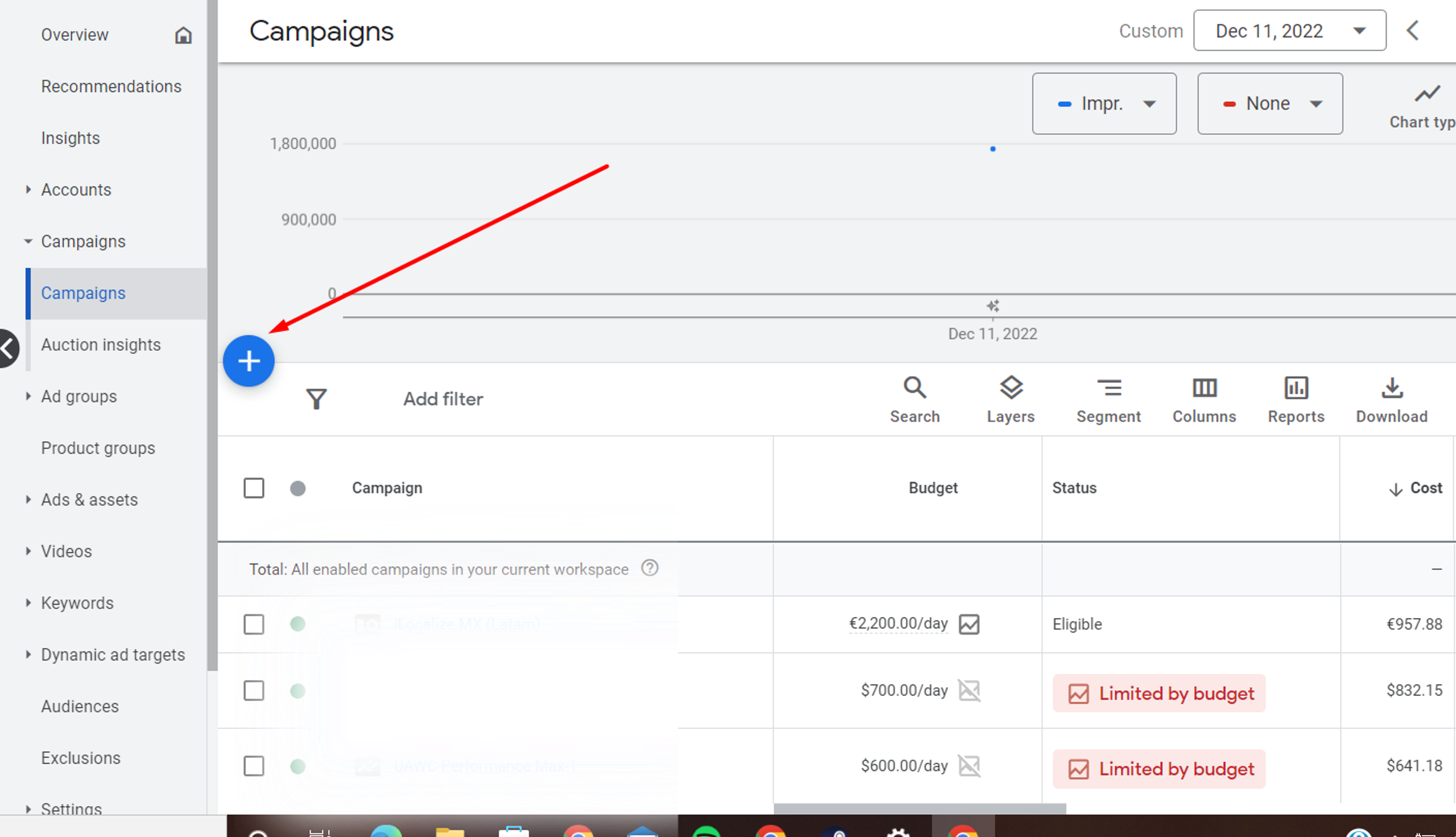Google Dynamic search ads: best ways to implement them in your marketing strategy
Posted on 11/9/2023
Reviewed by Arnt Eriksen updated at 11/23/2023
Introduction
Meet Google Dynamic Search Ads - your new best friend in making your marketing easy and effective.

If you've been doing PPC marketing for a while, you probably know how tedious writing and tweaking your ad's content can be. Trying to fit ad headlines that look good within an ad's character limits, while simultaneously keeping an eye on their relevancy is hardly the most exciting part of your day. Well, what if there was a way to let Google's AI do this work for you? In this article, we'll tell you how to use its dynamic search ads to take some weight off your shoulders and improve your marketing campaign.
What are dynamic search ads?
If you've read our blog post on Responsive Search ads, this will be very easy to understand. Dynamic search ads go a step further in delegating control over your ad to Google's machine learning algorithms, in that the whole content is generated by it based on what it finds on your landing page.
On the user side of things, Google dynamic search ads are pretty much indistinguishable from any other text-based search ad. They have headlines and descriptions. However, the difference from other ads of similar format is that those are generated dynamically in response to a user's query, hence the name - dynamic search ads.
This is especially useful if your business already has a well-developed website or deals in a variety of products with different names that users have a tendency to target specifically. For example, laptop power supply units. Instead of running ad campaigns for every model of those you sell, you can simply run one dynamic search ad campaign that will show the user the precise model they are searching for, assuming the web page you selected has it.
How do dynamic search ads work?
When you first start a dynamic search ads campaign(which we will elaborate on a bit further in this article), you upload a spreadsheet of URLs you want the campaign to target. Google's AI analyses the contents of those pages and, once a user inputs a query that the AI believes is relevant, puts together a personalized ad for them to see. The algorithm takes a bit of time to start running properly, so this ad campaign is best suited for websites that do not change too often.
Why should I use dynamic search ads?

Well, the first(and probably most appealing) reason should be clear by now: they save you a lot of headache compared to other types of ads. Keyword research? Forget about it. Repetitively writing ad headline after ad headline? No more. In case that's not enough to convince you to try them out, here are a couple of other advantages:
Relevancy
With Google dynamic search ads, your ad will be as relevant as it can be to the user. Or, rather, the problem of delivering it to the relevant user search query is no longer yours to deal with. As long as your landing page has enough content to give Google an idea of what your customer might want to see there, it will find them for you.
Gain additional traffic
No matter how thorough your keyword research is, there could still be promising keywords out there that your ad campaigns aren't targeting yet. Dynamic search ads help you fill in the gaps and discover new keywords that you might choose to pursue with more narrowly targeted types of ads.
Low maintenance(once you set them up)
Dynamic search ads can update themselves to match the changes you make to your website. For example, if you add a new product to the page your dynamic ad is targeting, it will start including this product in its keywords once Google's algorithm updates it, with no extra work required on your side.
Convenient for businesses with a big inventory
As we've mentioned earlier in this article, dynamic search ads can be especially appealing for companies dealing in extensive assortments of products. Instead of running ads for each individual product you are selling, you can create a dynamic search ad targeting your product feed, add two general descriptions, mostly targeted at your best products, and let Google do the rest of the job for you.
As you can see, there are quite a few advantages to DSAs.
However, before you go and start loading your campaigns full of dynamic search ads campaigns, you should know that they have certain specific drawbacks compared to other types of ads:
Less control over the content of your ad
As we've already mentioned, in dynamic search ads, ad headlines are generated based on the contents of the landing page. While not really a problem for most companies and their ad campaigns, some businesses working in a niche, less explored by Google's algorithms spheres can find the lack of control undesirable. In most cases, however, a properly set up landing page will produce relevant ad copies of high quality. Relevant website content leads to relevant ad copy.
Reach can be too broad
While there is an obvious advantage in letting Google itself choose the keywords your dynamic ad targets, its choice can not and will not always be perfect. It is not uncommon for dynamic search ads to put a dent in your budget by targeting less promising search queries. One way to mitigate this is by making good use of negative keywords. You can't directly tell an ad which queries to target, but you can tell it which not to target.
Unusable for businesses of specific categories
In order to protect their users from sensitive content and adhere to local laws, Google uses strict ad policies that limit the kind of content your ads can show. The exact limits depend on the region you are targeting, but generally, if your eCommerce business is associated with gambling, sexual content, or healthcare, you might have to choose a different kind of ad.
As you can see, with the right strategy, most of those disadvantages can be avoided, or at least reduced. With that in mind, and assuming you now have full understanding of whether this type of ad is right for your purposes, let's jump straight to setting them up
How do you create dynamic search ads in Google Ads?

To create a dynamic search ad, you need to first log into your Google Ads account.
- Choose Campaigns
- Click on the big blue plus sign
- Select Search campaigns
- Here select the dynamic search ads setting
- Enter your final URL domain(you will later be able to choose which parts of it to target)
- Choose whether you want Google to use their own index of your website, your feed, or a mixture of both
- Select your budget, the region(s) you want to target, then hit Save and Continue
- At this point, you should see your ad groups screen. The default type of those should now be dynamic. Here, you can select what web pages each individual ad group will target. We will go over our suggested tactics for those further in this article.
- Now you can create individual ads. Although Google does most of the job for you, you will still need to create a couple of short 90-character descriptions.
- That's it. Hit Save, then publish your campaign and watch your sales go up.
How to make your dynamic search ads effective

Now that the why's and how's are out of the way, let's focus on what we can do to make your DSA campaigns do what you expect from them.
Like every other tool in Google Ads' arsenal, dynamic search ads are a convenient, versatile, and effective instrument, but only as long as it is used right. The difference between a dynamic search ads campaign that puts a hole in your budget with zero ROI and one that changes the very scale of your eCommerce business is made by these simple tips:
Improve your website
With DSA campaigns, website quality directly translates into ad quality, so if you want to make the most of your ads, start with improving your website. Considering that we are working in the realm of Google, the best way to go about it would be to follow their own suggestions.
Generally, you'll want to focus on making your website mobile friendly and try to favor text over other forms of content in order to give Google more things to work with. Do not forget to keep it up to date as well. If users are sent to pages of products that are out of stock too often, eventually your ad will be penalized. Keeping the content you want Google to pay extra attention to closer to the page title will also be beneficial. And if you are still using Flash, it's about time to move on.
Target the right URLs

The content and landing pages you choose for your ad to target directly affect its performance. For example, your dynamic search ad will not target a keyword that does not exist on the web pages you've selected while creating it. On the other hand, some landing pages will cause your ad to target low-value keywords and waste your budget bidding on them.
Unfortunately, there is no universal solution here - the best course of action would be to include multiple dynamic search ads in your campaign, each with a different website coverage. Let some of them target different landing pages, create a few that target your entire website, and see what works. Even if the ads do not meet your expectations outright, the experience and data you gain will allow you to concentrate your efforts on the ads that do work.
Negative keywords are your friend
Most of the time, Google's algorithm is a smart, advanced tool that works to your advantage. But sometimes, it's the exact opposite. Ultimately, it is up to you to make sure its efforts are targeted in the right direction
Some of the keywords used by Google will bring in irrelevant traffic and waste your campaign's budget. By timely identifying and adding them to the negative keywords list, you can ensure that your money is spent on bids that draw in real customers with real money.
Separate campaigns for different languages
If your website has variations in different languages, it is best to create separate ad campaigns for each of those languages instead of targeting all of them within one. First, this makes it easier for Google to find the right users for your ads. Second, this helps you. Keywords and ads that work well for one language will often be useless when translated into another, especially if those languages are not closely related. By separating your campaigns, you will be able to identify what works for each audience and tailor your ads accordingly.
Make use of smart bidding
With dynamic search ads, Google already does a lot of work for you. So why not take it one step further?
By combining dynamic search ads with smart bidding, you can get an ad that adapts itself based on a user's search query and its relevance to your website's content and bids on itself in order to achieve the results you want. This is as automated as marketing gets in 2023.
Use different ad groups for different products
As tempting as it can be to create one ad group targeting your entire product feed and call it a day, it is not a tactic that will be beneficial to your business in the long run. A much better practice would be creating a dynamic search ad group for every product or every subcategory of products that your business deals in. This way, it will be easier for you to adjust your bids and redirect your budget toward your top-selling products, while saving on promoting those that might be less popular or temporarily out of stock.
Conclusion
Dynamics search ads can be a great way to automate some parts of your ad campaigns, as well as give you some pleasant surprises in the form of revealing promising keywords your previous research might have missed. However, they do not automate everything, and can often be limited, or even hindered, by human creativity and website quality. To achieve the best results, we recommend using dynamic search ads side by side with your existing keyword-based campaigns
We hope this article helped you to improve your understanding of dynamic search ads, and that you'll find the tips we have listed useful for making your eCommerce business the best version of what it can be.
